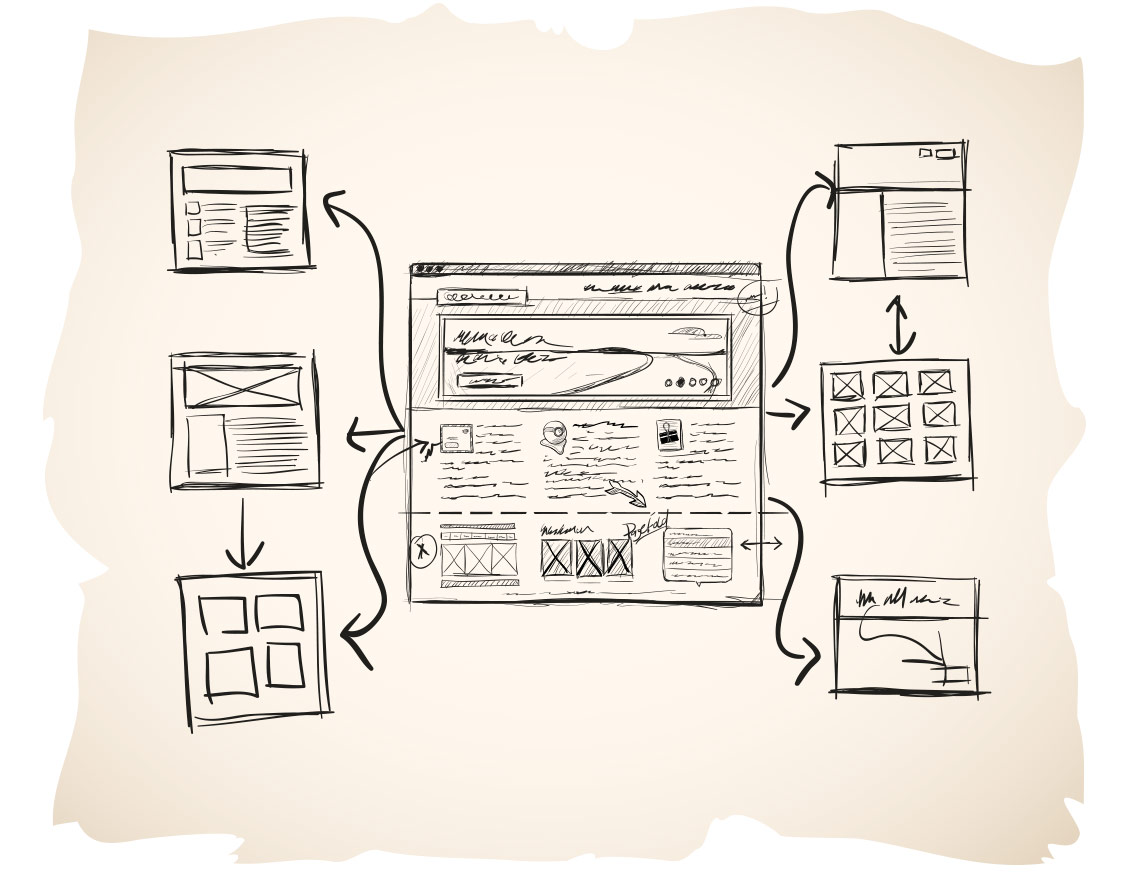“Content is King” they said. A slogan that is far from being fresh, yet biased and ill-informed whenever it is used.
If your online strategy were a country, your content is more like a right hand however, the online property to which it resides is still the King. Simply put, content only comes in second. A close almost overlapping second, but second nonetheless. First place will always be the design of the website with which all of your content resides. A pretty bold claim to contrast content marketing tropes of late, and one that I hope spurs discussion in boardrooms and at water coolers around the world.
You see, content IS important, just like food is important; however if your food doesn’t look good, no one is going to consume it. It’s that simple.
A recent study called “Trust and Mistrust of Online Health Sites” by Elizabeth Silence, Pam Briggs, Lesley Fishwick, and Peter Harris concluded that yes, 83% of respondents claimed that content played a role in their decision-making (and conversion!) –however more astoundingly to content marketing rock stars around the internet, a whopping 94% of respondents claimed that the design of a website weighs heavily on the trust factor. In other words, your website’s design can lead to an immediate distrust and no one is going to read your offer if they don’t trust your website.








